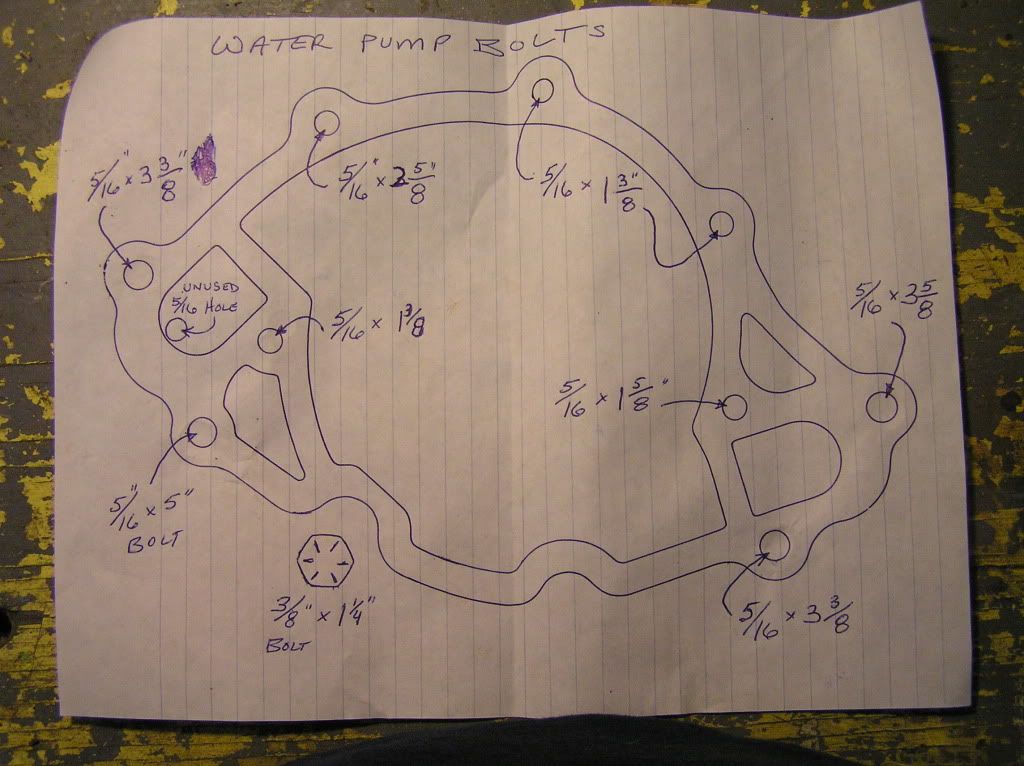Bagging methods have been covered...
But my favorite way to restore fastners was to keep cardboard boxes, especially the half 4" high ones from beer cases, punch holes with screwdriver and as you disassemble, just push the bolts into the holes. Then write on the backside what they came from. I would then take the box to the blast cabinet to blast them all clean & paint them right there still in the box!
If you push them in just before the bolthead hits the box, blasting will clean the entire bolthead.
For cleaning everything else to prep, my Metabo 4.5" Grinder with a wirewheel cup on it was my righthand man! It quickly cleans off your hardparts to clean metal with no damage, ideal I think. Then blast to get the hidden nooks that the wirewheel couldn't reach.
The most important thing that I can pass along is this: DO NOT THROW ANYTHING AWAY FROM THE CAR UNTIL THE PROJECT IS DONE! You would be amazed at what little parts, grommets, screws etc that are attached to bigger parts that you think are irrelevant or will come new with kits later but they don't! Plus, just having the old parts in hand to compare where they fit, measure from, and simply ease your mind that you reassembled correctly is PRICELESS!









